Care Giving and Unemployment Increase for Cuban Women
During and after the Covid-19 pandemic
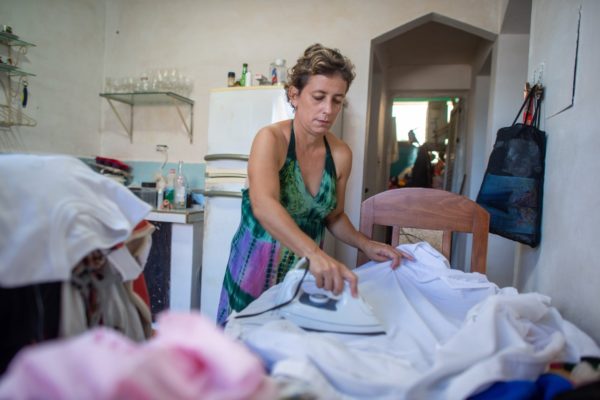
While there are no recent figures, the structural crisis and the growing difficulties in supporting households in Cuba make it difficult for many women to find paid work.
By Werner Holt
HAVANA TIMES – Karelia Borrego (45, born and living in Havana) has a degree in medicine and has an intermediate level of Mandarin Chinese but has been unemployed for 10 years, during which she has only had access to short-term jobs “on the slide”.
Her life is summed up in washing, ironing (the household chore that she hates the most), cooking, cleaning, running errands, taking care of her children (two teenagers and a three-year-old) and going out to look some work whenever she can.
Karelia is not the only Cuban woman who dedicates a considerable part of her time to unpaid work (housework and care giving). The National Gender Survey in Cuba carried out in 2016 revealed that Cuban women spend 14 hours more a week on housework than men. This division is intensified in the unemployed population: unemployed Cuban women spend around 18 hours a week more on this type of work than men in the same situation.
According to Elaine Acosta, sociologist and executive director of Cuido60 (Observatory on Aging, Care and Rights) and visiting researcher at the Cuban Research Institute of Florida International University, this data is outdated. “It is estimated that with the passage of the pandemic this dedication of hours has increased significantly, with an even greater burden of unpaid work for women,” she says.
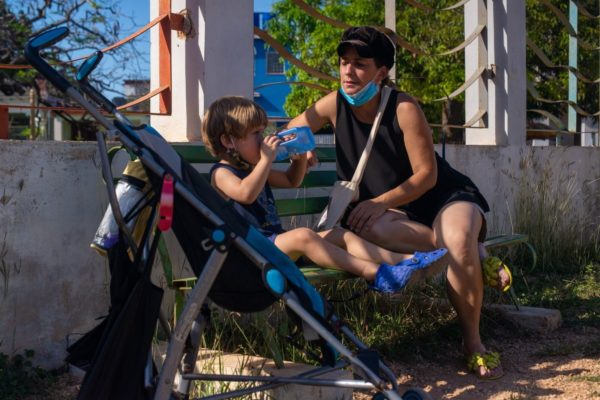
Acosta comments that the greater dedication to unpaid work, and in particular to care giving, closely relates to the high unemployment rate among women.
The most recent human development study in Cuba, published in 2019, warns about the gender gap in access to the labor market.
In 2016, the Economic to Population Ratio (EPR) for men was 78.2% and for women 50.9%. In other words, Cuban women were notably less represented in the country’s economic activity. In 2019, the female EPR showed a slight recovery (53.3%), although the differences with respect to men continued to be marked. Of the total employed population, only 39% were women.
In addition, it is suspected that the gap may have increased after a year and a half of the pandemic and confinement, since women have been the ones who have stayed home the most caring for children, sick people, and older adults.
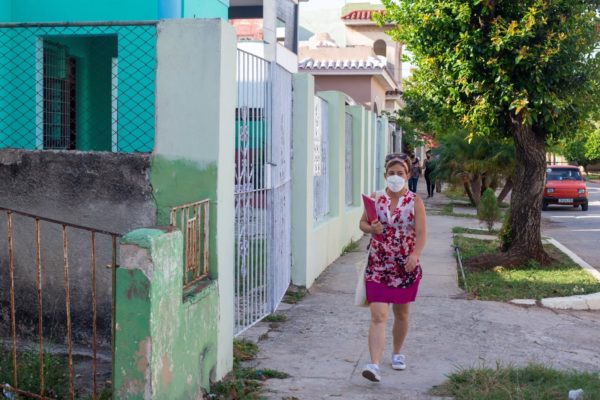
Karelia spends as much time as she can going out looking for work. Although the few offers she has found have been in the informal sector and for a very short duration (jobs from two days to a week), she continues to look for a job “of whatever”.
“The difficulty of going out to look for a job is very high considering that women are still in charge of caring for children and the elderly, which is a segment of the population that will increase significantly in the coming years. Meanwhile, the availability of care services decreases,” said Acosta, who also warns of transportation costs. “Many women have chosen to enter the self-employment market, but this is a fairly unprotected sector in legal terms,” she warns.
The feminist researcher Ailynn Torres likewise warned in a recent article, of a possible increase in real unemployment with more affectation for women. This due to the general deterioration of social policies and real wages, the decrease in state employment and insufficient growth of independent work.
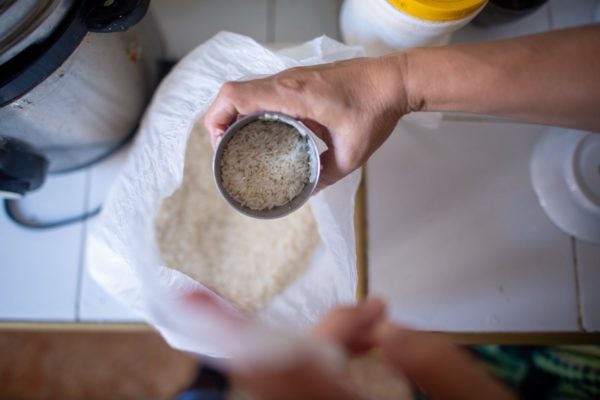
The father of her children has a formal job, but only earns 3,100 pesos, the equivalent of under 30 USD a month, which is barely enough to cover basic food needs. This means that Karelia also bears much of the economic burden of the household through the small jobs she can get. She notes that food is more expensive every day and they often come up short.
Acosta says that the significant rise in the cost of living for Cuban families has been especially hard on housewives. “It is a systemic crisis in all walks of life, but it has affected the living conditions of women, particularly in female-headed households, extended families with dependent elderly people, etc.”, she points out.
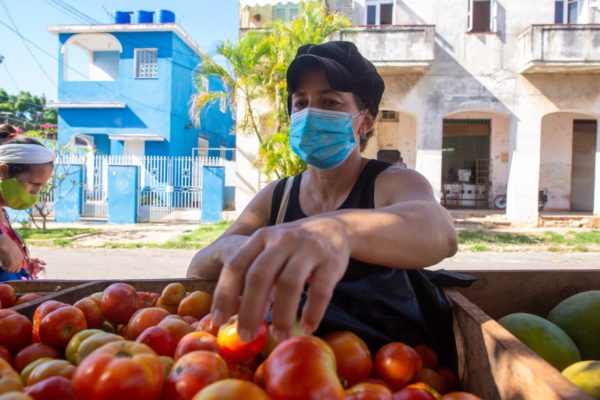
The increase in long lines and the time that women spend to get food for the family, as well as to find medicine, have become more difficult, according to Acosta. “The food crisis that Cuban society is suffering today is significant and has been compared to the most difficult times of the so-called Special Period crisis in the early 1990s,” she says.
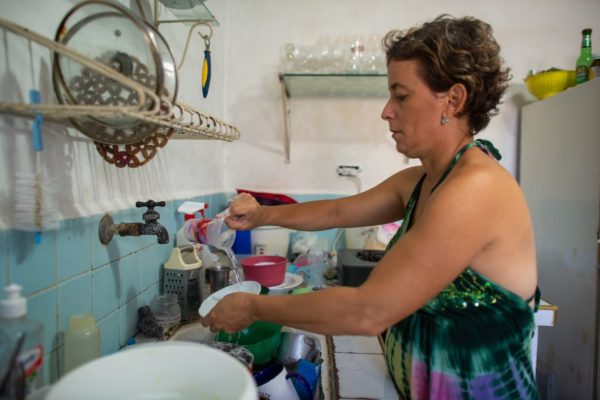
The Cuban environment offers women few options to generate other types of income and alternative ways of survival, which has contributed to worsening the great exodus abroad.
On the other hand, “the deficiency of services in the home such as the lack of water, sustained power cuts, etc., makes the daily management of survival difficult and worse for women,” adds Acosta.
This is the case of Karelia, who has a broken kitchen faucet and has to carry the water with a bucket to be able to cook and wash.
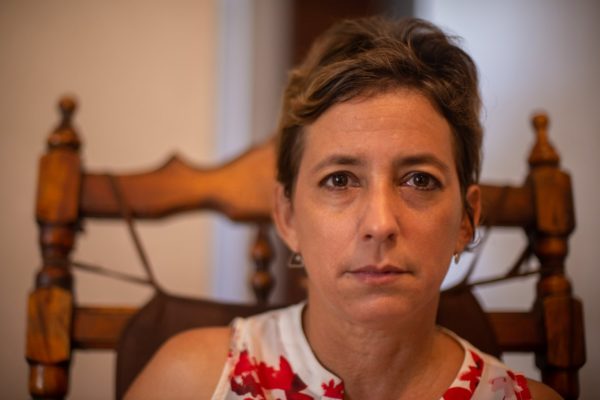
Beyond the economic aspect, Acosta warns that the current crisis also has a psychological cost for Cuban women.
Karelia, for example, comments that sometimes she gets depressed when she sees that she cannot provide the necessary support for her children, despite being fully able and willing to work. “I feel like life is slipping away in a loop of working at home and taking care of my family,” she says.






Great story Weiner tellls the reality of living in cuba right now.